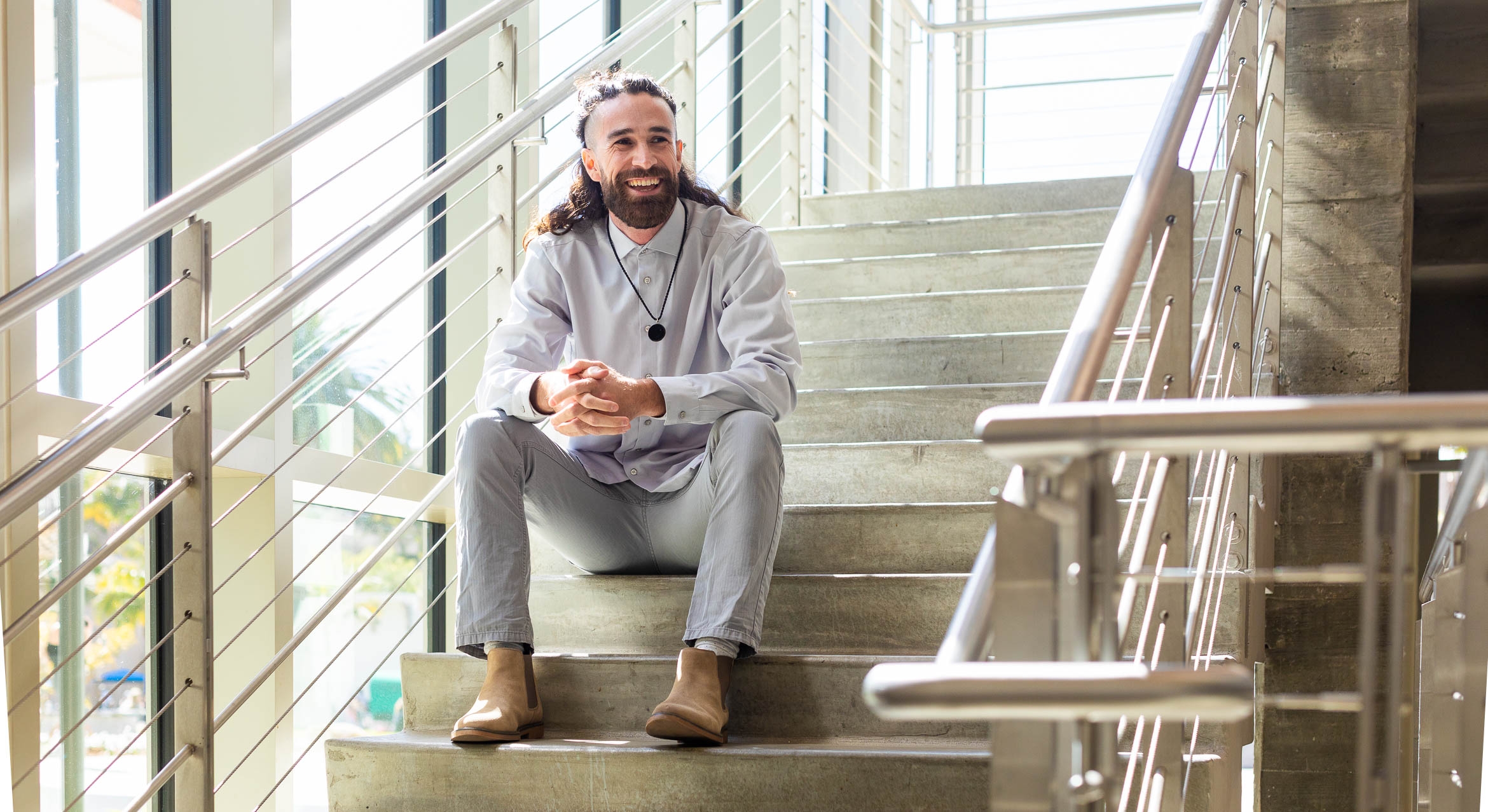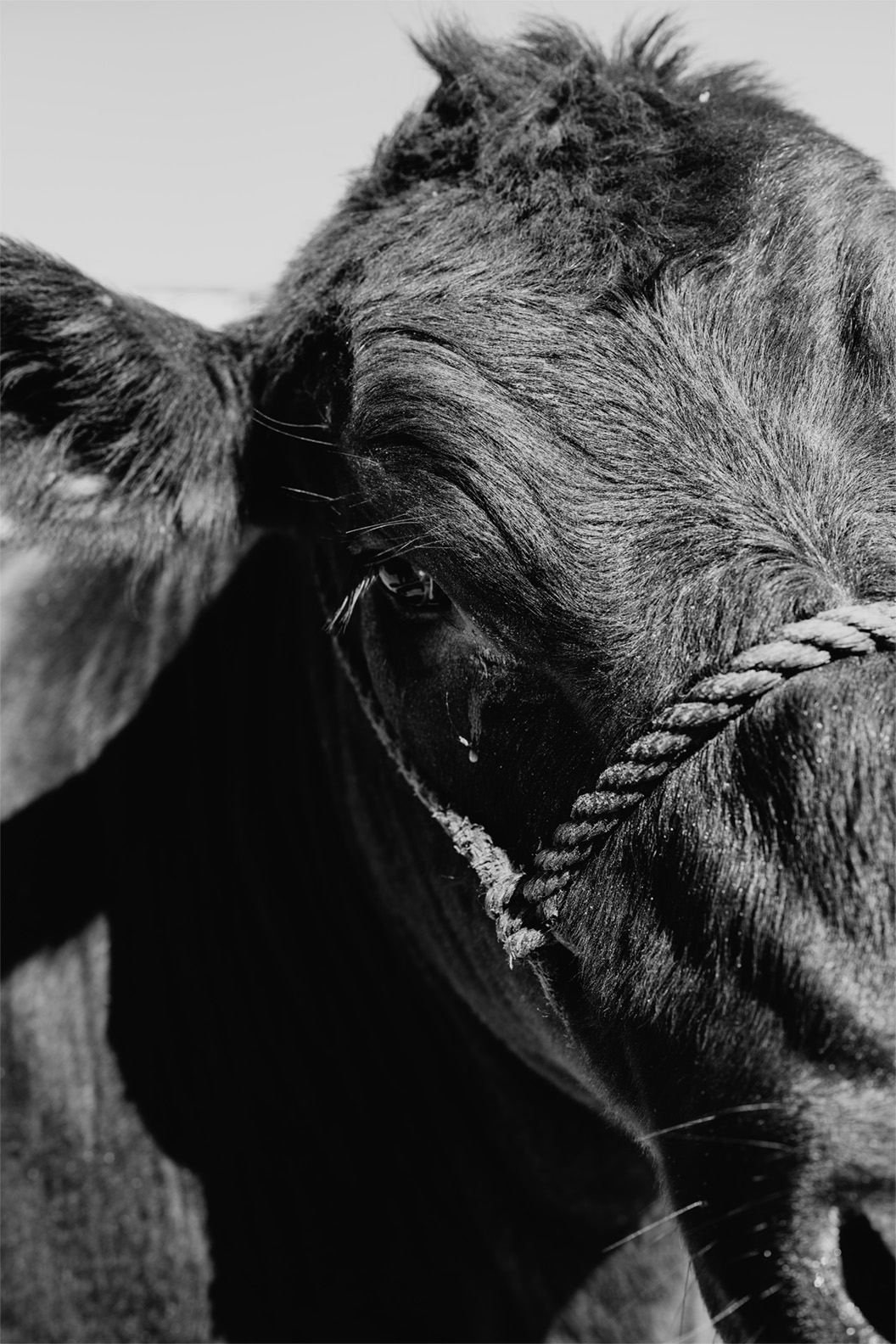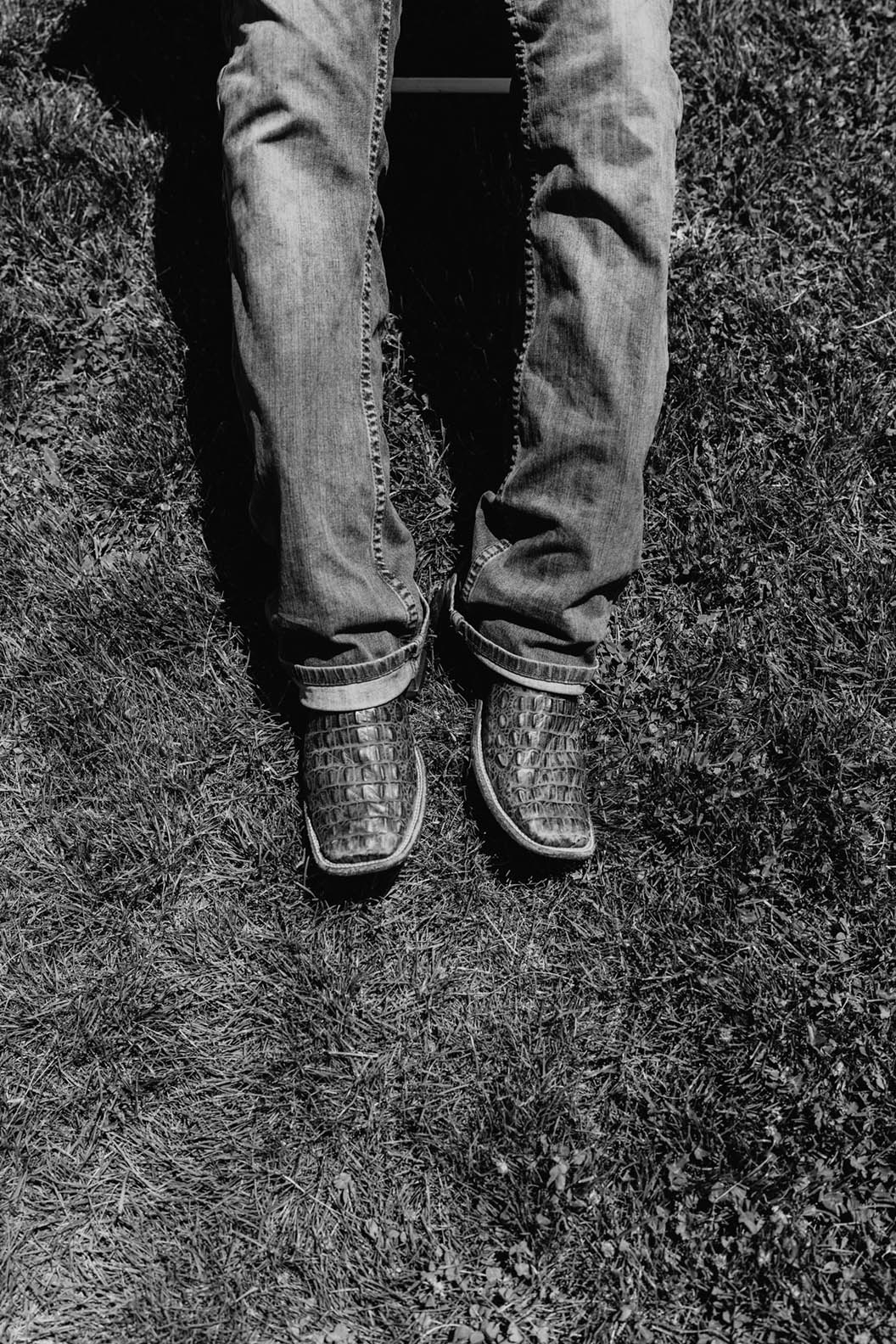
Why do kids outperform their parents in this rural California town? A sociologist looks for answers.
The Union Pacific Railroad runs through the heart of Dixon, California, a small town among the agricultural plains between San Francisco and Sacramento. Like in many rural towns its size, some neighborhoods are better off than others. But surprisingly in Dixon, from a certain point of view, there is no wrong side of those tracks.
The teenagers of Dixon generally do better than their parents. This upward mobility, as it’s called, doesn’t grab the attention of sociologists and economists as often as the more depressing statistics associated with small towns plagued by poorer outcomes.
“Social scientists tend to study intensely unequal communities,” said Trevor Auldridge-Reveles, a Ph.D. candidate in the Department of Sociology at UC Santa Barbara. “My goal was the opposite: Where are people getting ahead?”
After months of planning and permissions, Auldridge-Reveles moved to Dixon in August 2022 and for the next 13 months researched this question by earning trust and forging relationships with seniors at Dixon High School, spending more than 1,100 hours documenting their lives. His study group — a diversity of genders, ethnicities, family structure and household income — consists of 15 kids with whom he’s in close contact, plus another 121 who’ve agreed to interviews about school, work, home life, dreams and aspirations and other details. While that year in the field has produced key findings, Auldridge-Reveles’s longterm goal for the study is to keep in touch with these young adults for a decade.
“These teenagers have some of the highest likelihoods in the whole country of climbing out of the social class into which they were raised,” said Auldridge-Reveles, whose dissertation research is funded by the National Science Foundation, the Josephine De Karman Fellowship Trust, the Russell Sage Foundation and UCSB’s Chicano Studies Institute. “If we can understand how and why upward social mobility happens there, we might be able to replicate these conditions across the country.”
His project is also supported by the Sigma Xi Scientific Research Honor Society, the California State University Chancellor's Doctoral Incentive Program, the Phi Eta Sigma honor society and the Honor Society of Phi Kappa Phi.
Finding Dixon
A few years back, as he sought to understand where things are going well for young people in diverse small towns across the country, Auldridge-Reveles turned to the Opportunity Atlas, a collection of social mobility data compiled by researchers at the Census Bureau, Harvard University and Brown University.
He looked for populations where historic rates of upward mobility ranked in the top third across the country. The place also had to have high scores in the five factors — number of college graduates, household income, multiple-parent households, census-response rates and poverty — that strongly predict that the current generation of kids will fare better than their parents. Dixon, it turned out, is the only place in the country that is rural, multiracial and has high historical and predicted rates of upward mobility.
“I was ready to go anywhere,” Auldridge-Reveles said. Instead, he landed about two hours away from his home town of Truckee.
As part of his deep dive, Auldridge-Reveles has recruited dozens of UCSB undergraduate students — mostly from the humanities and social sciences — to read and analyze the Dixon Tribune, dating back to the newspaper’s inception in 1874.
“Essentially,” Auldridge-Reveles said, “they are documenting basic information about the editions, copying the PDFs into our dataset, writing summaries” and taking note of topics or events that stand out, such as controversial viewpoints and editorial stances, technological discoveries and innovations, cultural trends and attitudes and coverage of events outside of Dixon, among other details.


During the 2024 winter quarter, Auldridge-Reveles’s student team read 6,791 pages, roughly 15% of the paper’s entire written record. He recruits new students to the project quarterly.
That massive undertaking has been hugely facilitated by Dixon Carnegie Library staff and volunteers, who have digitized the paper over the years, he noted. “Unfortunately, the Dixon Tribune just closed in January, about 10 months shy of its 150th anniversary.
“Part of the project is watching history unfold,” he added. “The other part is looking back at history to see how a place like this came to be.”
Reflecting on the research so far, Auldridge-Reveles has seen some patterns emerge as to why Dixon kids very often get ahead.
“What has stood out to me most of all have been the mentors or members of the students’ extended families that provide sources of support,” he said. That network could include, for example, a coach giving extra attention to a determined athlete or surrogate family looking after a kid whose parents are down on their luck.
“They have really dense family and mentor networks; it’s just in the water they drink,” he added. “But does that relationship with that person in high school remain intact five years down the road? We’re looking to see how that pans out over time.”
Auldridge-Reveles has also noticed that the Dixon kids keep fairly busy with school, sports and extracurricular activities, plus many of them work in the service industry or pick up seasonal jobs on the surrounding rice, tomato and tree farms. “This is a place where most kids can get a job.” Also, he’s noticed, many parents are active at the community level, showing up to city hall and school district meetings.
“It’s been really beautiful watching them grow up,” he added. “We’re hearing about their homes, jobs, college, romantic interests, what the world is like after high school — these deeply emotional stories from these small-town kids who are used to people telling them that their stories aren't important. When people allow you to see into their lives, it’s bearing witness to beauty.”
A Photographer’s Eye
For an aspect of the project known in academia as visual sociology, Auldridge-Reveles has taken more than 5,000 color and black-and-white digital photographs. An exhibit of 23 of these images, “California Dreaming: Coming of Age in America’s Other Heartland,” is located on the mountain-side of the UCSB library’s first floor. The collection evokes the small-town anonymity and includes thoughtful, hopeful and sometimes poignant quotes from Dixon teens.
“Photography forces me to be present and to look at the place more closely,” he said about the visual art component of the study. The exhibit will be up through June 28. He is also planning to show his photographs at UC Davis, about 10 miles from Dixon.
In April, Auldridge-Reveles returned to Dixon for a three-month stay to catch up with the students and to forge connections with more community leaders and town historians, among others. In 2025, pending post-doctoral funding, he’s planning to be there full-time for a year.
“When you’re trying to understand social mobility,” he said, “that doesn’t happen in one year. My goal is to stay in touch with these students for the next ten years.”
Keith Hamm
Social Sciences, Humanities & Fine Arts Writer
keithhamm@ucsb.edu



